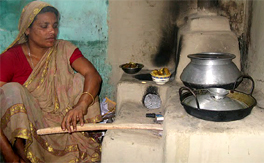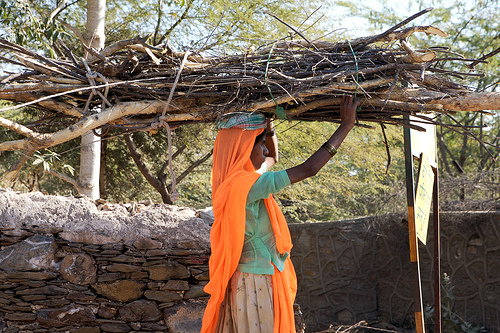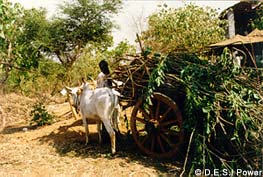Mid term appraisal for Eleventh Five Year Plan 2007-2012
<p>The Eleventh Plan (2007-08 to 2011-12) sought to build on the gains achieved in the Tenth Plan and shift the economy to a path offaster and more inclusive growth.
<p>The Eleventh Plan (2007-08 to 2011-12) sought to build on the gains achieved in the Tenth Plan and shift the economy to a path offaster and more inclusive growth.
For progressive improvement in the economic growth of a developing country like India, sustainable energy supply is of paramount significance.

The Parliamentary committee report on
There is rising skepticism about the potential positive environmental impacts of first generation biofuels. Growing biofuel crops could induce diversion of other crops dedicated to food and feed needs. The relocation of production could increase deforestation and bring significant new volumes of carbon into the atmosphere.
The India launch of IEA
Over 20% of the global population
The Indian gas market is expected to be one of the fastest growing in the world over the next two decades. This paper analyses this market, highlighting the current challenges. It first looks at the industry structure, presents the main players from industry as well as government, and gives an overview of the regulatory framework.

<p><span id="itro1">This new analysis published by WRI in collaboration with Center for Development Finance-IFMR focuses on the energy needs of India's rural poor and looks at the market potential for clean and renewable energy in rural India.</span></p>
Many countries are facing serious challenges as a result of the lingering global economic crisis. At the same time, all nations share a responsibility to ensure their energy sectors become more sustainable and more secure to manage the risks and impacts of climate change.
The purpose of this summary report is to highlight energy efficiency policy action and planning in IEA member countries since the last meeting of the Energy Efficiency Working Party (EEWP) held in January 2010.
Energy poverty is a frequently used term among energy specialists, but unfortunately the concept is rather loosely defined. Several existing approaches measure energy poverty by defining an energy poverty line as the minimum quantity of physical energy needed to perform such basic tasks as cooking and lighting. This paper proposes an alternative measure that is based on energy demand.
<p>Energy has become a crucial sector of the modern society, so much so that per capita availability of energy is considered as an indicator of economic prosperity.
The report includes: Discussion of the scope of energy subsidies; Estimates of energy subsidies, and identification of the gaps in the existing data and issues around the measurement of energy subsidies; Modelling-based analysis of the implications of phasing-out energy subsidies on the economy, including socio-economic and trade impacts, the environment, and the energy sector; and Suggestions

<p>This new report by ETC group is a critique of what OECD countries are calling 'the new bioeconomy'. Analyzes impact of next generation biofuels, burning of biomass for electricity and also sets the new REDD+ provisions in this context.</p>
This report from the Biofuels task force of the World Energy Council reviews the debate between supporters and opponents of Biofuels, against the backdrop of rapidly increasing energy demand. Skyrocketing prices of crude oil in the middle of the first decade of the 21st century accompanied by rising prices for food focused political and public attention on the role of biofuels.
The Indian Semiconductor Association (ISA) has published a report entitled: 'Solar PV Industry 2010: Contemporary scenario and emerging trends'. This report looks at the contemporary scenario of the solar PV industry, both globally and within India. The analysis is based on a comprehensive review of secondary literature and extensive fieldwork.

<p> This new report presents a unique perspective on energy access in developing countries. Presents the experiences of energy use and deprivation of people living in poverty & alongwith recommendations on policy, financing & capabilities towards creation of a vibrant energy access “ecosystem” of energy product and service providers, engaging public, private & civil society sectors.</p>

<p>This comparative analysis of two biomass - based decentralized renewable energy companies operating in Bihar, DESI Power and Husk Power Systems, provides insight into business strategy and technological suitability of biomass based decentralized energy generation plants for rural India and highlights critical elements that may be of high relevance for replicating similar solutions in other geographical locations.</p>
<p>This report presents an overview of the policies, programs, and practices undertaken in APEC economies and beyond to ensure that the liquid biofuels they produce and consume achieve desired sustainability . It concludes with recommendations to collaborate on systainable biofuels activities and promote all areas of sustainability.</p>
Letter on environmental clearance for a Nuclear power park to be set up in Jaitapur, in Maharashtra